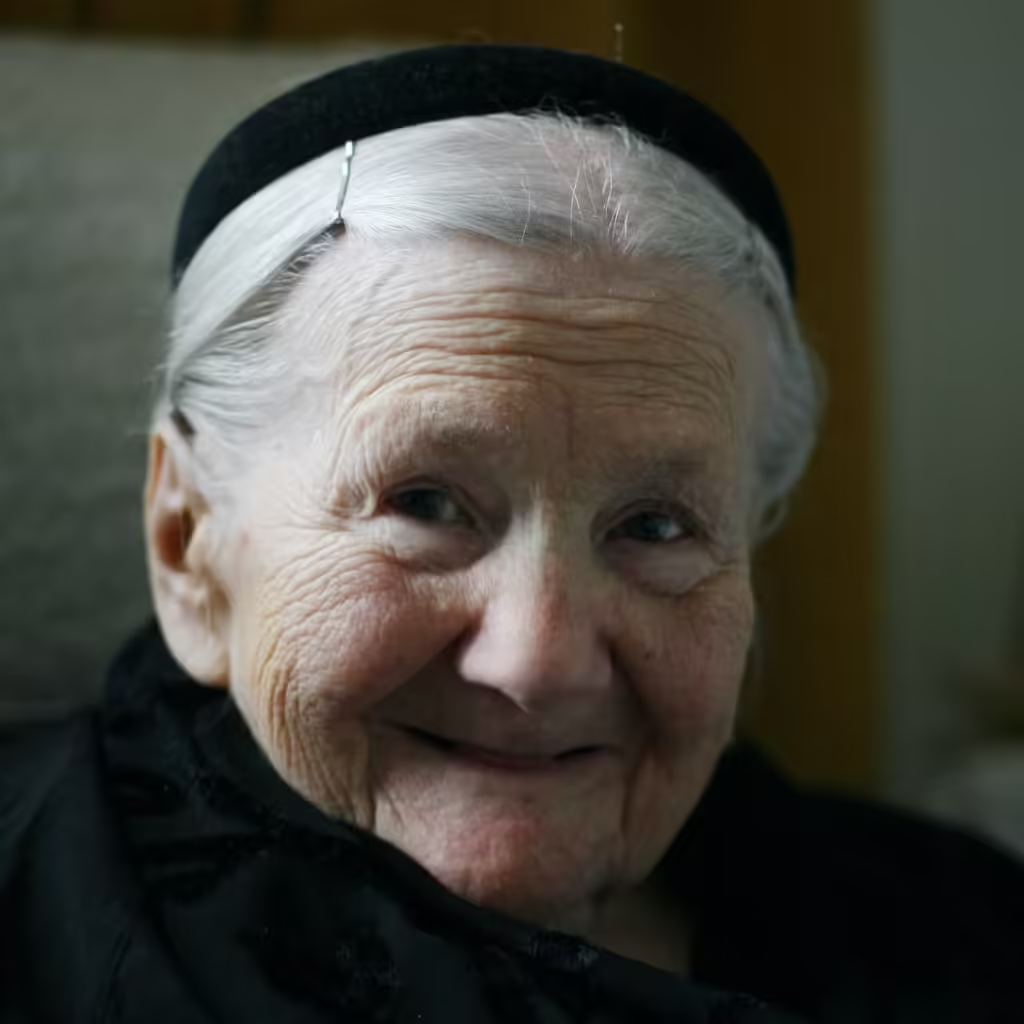
Who Was Irena Sendler?
Irena Sendler was a courageous social worker whose actions during the Holocaust saved the lives of approximately 2,500 Jewish children from the Warsaw Ghetto. When the Nazis invaded Poland in 1939, Sendler, who had access to the ghetto through her work, became a vital member of Żegota (the Council to Aid Jews). For her extraordinary bravery and humanitarian efforts, she was posthumously honored as “Righteous Among the Nations” by Israel’s Yad Vashem in 1965. Sendler passed away in Warsaw in 2008.
Early Life
Born Irena Krzyżanowska on February 15, 1910, in Otwock, Poland, Sendler was the daughter of Stanisław Krzyżanowski, a physician and member of the Polish Socialist Party. Tragically, her father died of typhus during her childhood. In 1931, she married Mieczysław Sendler and the couple relocated to Warsaw shortly before the onset of World War II.
Warsaw Ghetto
In Warsaw, Sendler dedicated her efforts to social work, managing city canteens that provided vital assistance to the needy. Following the Nazi invasion in 1939, she and her colleagues expanded their mission, supplying medicine, clothing, and essential resources to the Jewish community facing severe persecution.
By 1940, the Nazis had confined over 400,000 Jewish residents into a locked ghetto, where conditions rapidly deteriorated, leading to widespread disease and starvation. Utilizing her role as a social worker, Sendler gained regular access to the ghetto and soon became an active member of Żegota. Together with approximately two dozen colleagues, she embarked on a perilous mission to rescue Jewish children from certain death or deportation to concentration camps.
Żegota employed various methods to smuggle children out of the ghetto. Some were hidden in caskets or potato sacks, while others were transported in ambulances or secreted away through underground tunnels. Additionally, some children were taken to the Catholic church that bordered the ghetto and emerged on the other side with new identities. Sendler facilitated their placement in convents or with non-Jewish families.
As the situation in the ghetto worsened, Sendler began soliciting parents for permission to rescue their children. While she could not guarantee their safety, she assured them that their children would have a chance at survival. To maintain a record of the children she saved, Sendler meticulously documented their names in a jar, hoping to reunite them with their families after the war—a plan that, unfortunately, remained unrealized for most.
On October 20, 1943, Sendler was arrested by the Nazis and imprisoned at Pawiak Prison, where she endured torture as they sought to extract the names of her associates. Despite the pressure, she refused to cooperate and was sentenced to death. However, members of Żegota bribed prison guards, leading to her release in February 1944.
Sendler continued her rescue efforts until the war’s conclusion, successfully saving around 2,500 children, with estimates suggesting that she personally saved approximately 400.
Personal Life
Following the war, Sendler’s first marriage ended in divorce. In 1947, she married Stefan Zgrzembski, with whom she had three children: a daughter named Janka and two sons, Andrzej (who died in infancy) and Adam. After Zgrzembski’s passing, Sendler briefly reunited with her first husband, Mieczysław Sendler, but the marriage did not last, leading to another divorce.
Honors and Awards
In recognition of her heroic actions, Sendler was named Righteous Among the Nations by Yad Vashem in 1965. She received Poland’s prestigious Order of the White Eagle in 2003. In 2008, she was nominated for the Nobel Peace Prize, though she did not win. Her life story inspired the 2009 television film The Courageous Heart of Irena Sendler, starring Anna Paquin in the lead role.
Death
Irena Sendler passed away on May 12, 2008, in Warsaw, Poland, at the age of 98, leaving behind a legacy of bravery and compassion.
